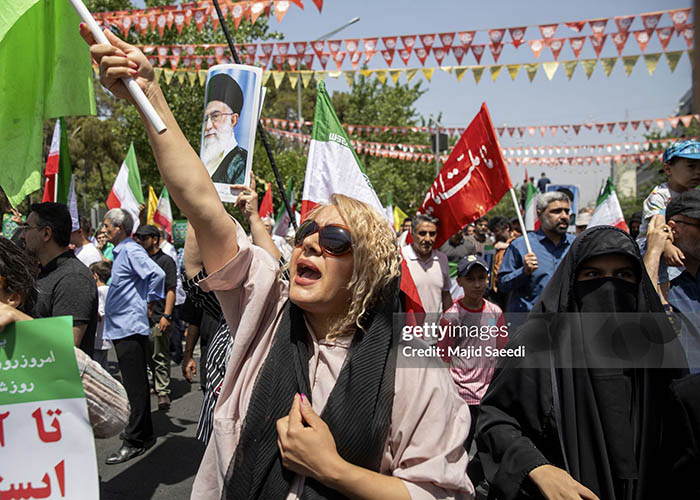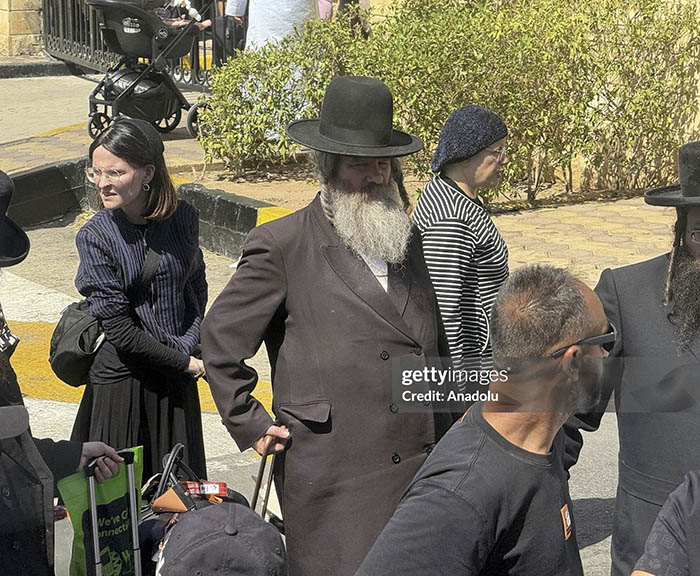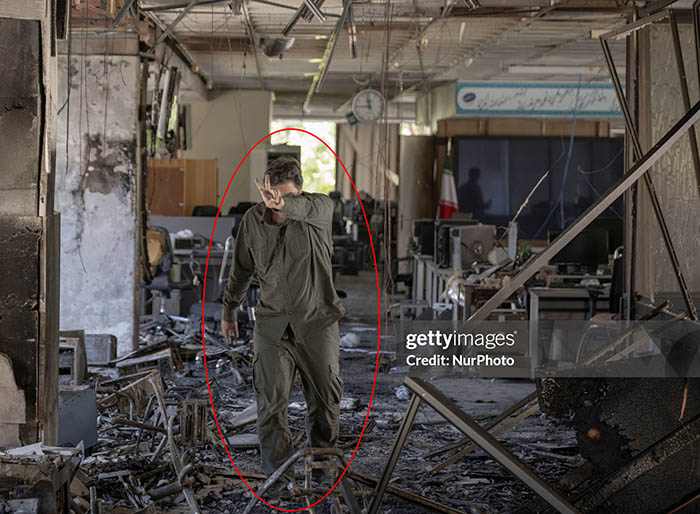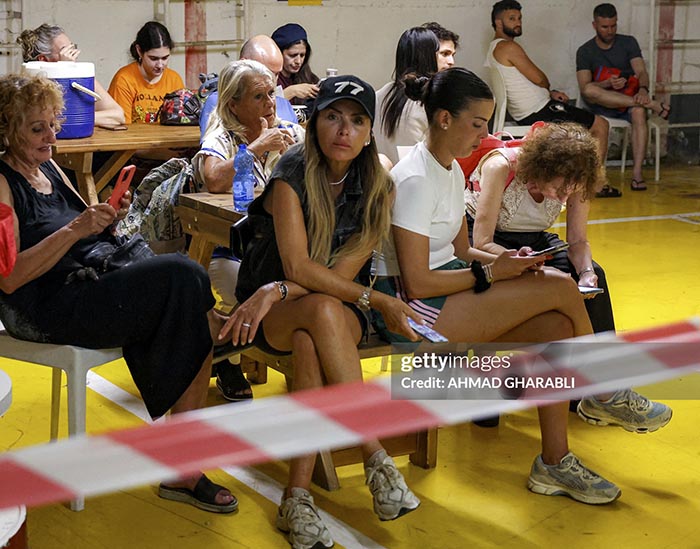Hublot Classic Fusion Controversy: Mohammad Reza Shahbazi’s Luxury Watch Sparks Debate on Justice
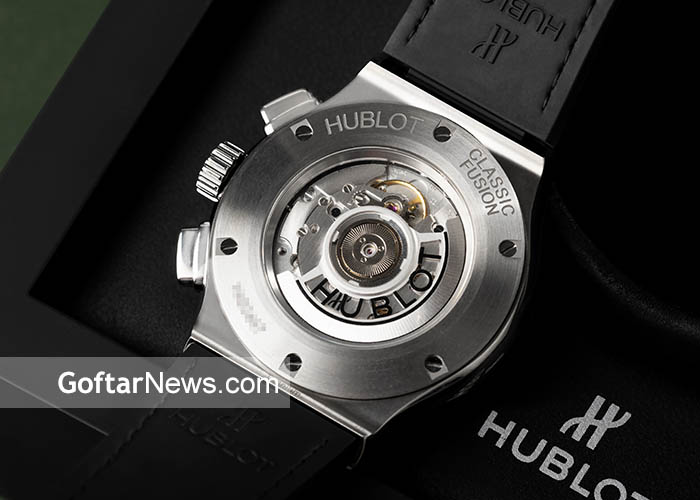
Defenses and the Call for Transparency
Amidst the wave of criticism, some users came to Shahbazi’s defense. They suggested that the watch might have been a gift or a loan, and that it was unfair to jump to conclusions without knowing the full details. This perspective highlights the complexity of judging public figures based on appearances and the potential for misinterpretation.
However, the prevailing sentiment in the media space leaned towards a call for transparency. The incident reignited the debate about the financial resources of figures who work in national media under the banner of justice-seeking. Many argued that if these individuals are advocating for accountability and simple living, they should be transparent about their own financial affairs and the sources of their wealth.
The call for transparency is rooted in a broader desire for accountability from those in positions of influence, particularly those who present themselves as champions of the people. When public figures preach one thing and appear to practice another, it erodes trust and fuels cynicism.
The Broader Context: Lifestyle of Officials and Media Figures
This incident is not an isolated event. The issue of the lifestyle of officials and media figures with a value orientation has been a recurring subject of discussion and criticism in Iran in recent years. There have been numerous instances where the perceived lavish lifestyles of individuals who advocate for simplicity and revolutionary values have drawn public scrutiny.
These incidents often spark debates about the role of wealth in a society that emphasizes social justice and equality. They raise questions about whether those who hold positions of power and influence should adhere to a stricter code of conduct regarding their personal finances and lifestyle choices.
The criticism often stems from the perception that these individuals are benefiting from their positions while advocating for policies that impact the lives of ordinary citizens. When their personal lives seem to contradict their public messages, it can lead to a sense of betrayal and disillusionment among the public.
The Hublot Classic Fusion controversy serves as a stark reminder of the scrutiny that public figures face, particularly in the digital age where images and information can spread rapidly. It highlights the importance of consistency between one’s words and actions, especially for those who position themselves as moral authorities or advocates for social change.
Luxury Watches and Their Place in Society
The controversy also sheds light on the broader cultural significance of luxury watches. For centuries, timepieces have been more than just functional objects; they have been symbols of craftsmanship, innovation, and status. Brands like Hublot, Rolex, Patek Philippe, and Audemars Piguet represent the pinnacle of watchmaking, with their creations often seen as works of art.
The market for luxury watches is a global one, driven by factors such as brand heritage, exclusivity, material quality, and intricate mechanical movements. Collectors and enthusiasts are drawn to the history, craftsmanship, and investment potential of these timepieces.
However, the ownership of luxury watches can also be a source of controversy, particularly in societies where there are significant economic disparities. What one person sees as a legitimate purchase or investment, another might view as an ostentatious display of wealth that is insensitive to the struggles of others.
The Hublot Classic Fusion, with its distinctive design and high price tag, is a prime example of a luxury watch that can evoke strong reactions. Its visibility on a public figure known for his justice-seeking stance amplified these reactions, turning a personal accessory into a focal point of a wider societal debate.
The Future of the Debate
The Hublot Classic Fusion controversy is likely to continue to be a point of discussion in Iranian media and social circles. It has reignited important conversations about the expectations placed on public figures, the role of media in shaping public opinion, and the ongoing debate about the lifestyle of officials and those who advocate for revolutionary values.
Whether this incident will lead to greater transparency regarding the financial affairs of media figures remains to be seen. However, it has undoubtedly raised public awareness and increased scrutiny on those who hold positions of influence while advocating for social change.
The incident also serves as a reminder of the power of social media to amplify voices and shape public discourse. The rapid spread of images and the swift reaction from online communities demonstrate the ability of digital platforms to hold public figures accountable and to drive conversations about important societal issues.
In conclusion, the Hublot Classic Fusion worn by Mohammad Reza Shahbazi has become more than just a luxury watch; it has become a symbol in a complex debate about justice, media, and the lifestyle of those who position themselves as champions of the people. The controversy highlights the challenges of maintaining consistency between one’s public persona and private life, and the increasing demand for transparency from those in positions of influence. As the conversation continues, it will be interesting to see how this incident impacts the discourse surrounding media figures, wealth, and the pursuit of justice in Iran.
